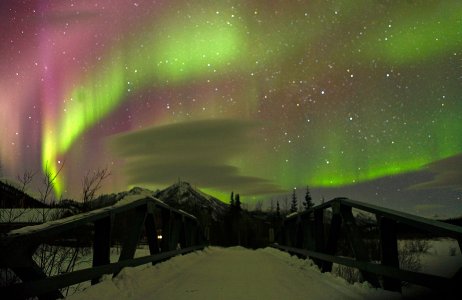Contact Information
Location
Delaware, OH 43015

 The sun has been pretty quiet the last few years. It has been a very long minimum this solar cycle. Now the sun seems to be beginning to stir. Sunspots are increasing as are other kinds of activity.
The sun has been pretty quiet the last few years. It has been a very long minimum this solar cycle. Now the sun seems to be beginning to stir. Sunspots are increasing as are other kinds of activity.
As an example, on August 1, 2010, there was a major CME, an eruption in the sun’s atmosphere. Hot solar plasma was sent flying on its way towards the Earth. This was indeed big news after so long without no activity. The TV, Radio, and Internet was abuzz about the possibility of aurora (or “Northern Lights,” as they are more commonly called). There were many predictions about them being seen even farther south than usual.
Guess what? It did not happen. At least not in the way that was predicted. So, it goes sometimes.
If you see on the news or get an email about a major solar storm and they are predicting a solar storm of the century....
We have no idea. No one does in fact. While many of the properties of the aurora are understood, we still don’t know enough to make accurate predictions about its behavior. This may turn out to be more hype than anything real when it comes to the way it is presented in the media. You have to understand that often journalists, meteorologists, and commentators don’t have backgrounds in science. They either read verbatim a press release without checking its validity or just summarize a story, making a bad press release even worse. In this day of instant gratification and the short attention span most give these stores, many misconceptions and misrepresentations occur. It is easy for laymen to get confusing and misleading information.
So, if there is going to be aurora activity, how do you observe it? Should you come to Perkins? Well, no, again. We just are not suited for this either. Interestingly, the way to observe aurora is identical to observing meteors:
Indeed, Perkins just does not meet most of these requirements either. That is why we also don’t bother with aurora. Find yourself some dark skies away from the city. We will be elsewhere also.